If I asked you to describe the perfect apartment building in an American city, you'd probably mention (at the very least) that it embodies the location surrounding it. Many moons ago, you'd be hard-pressed to find urban housing that didn't uniquely reflect its geography. Take, for example, the iconic prewar apartment buildings of New York City, which were situated around airy courtyards in a time before air conditioning. Or the classic greystones of Chicago, which were built out of local stone and tailored to the region's harsh winters.
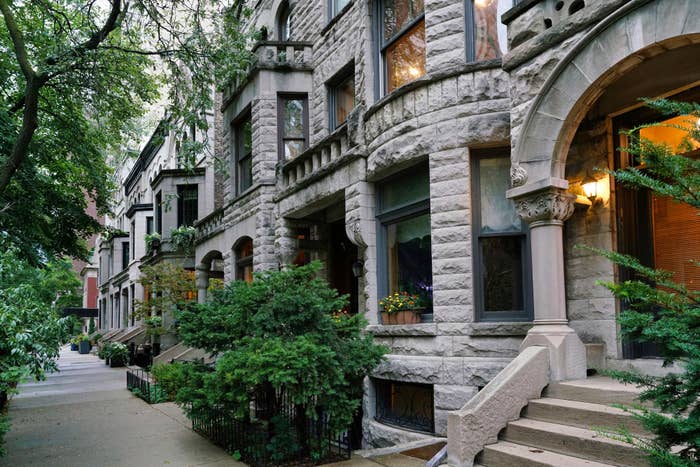
Well, it's 2024 now. And while those types of homes aren't going anywhere anytime soon — "good bones," you know? — most of the new apartment buildings being constructed in American cities look more like...this.
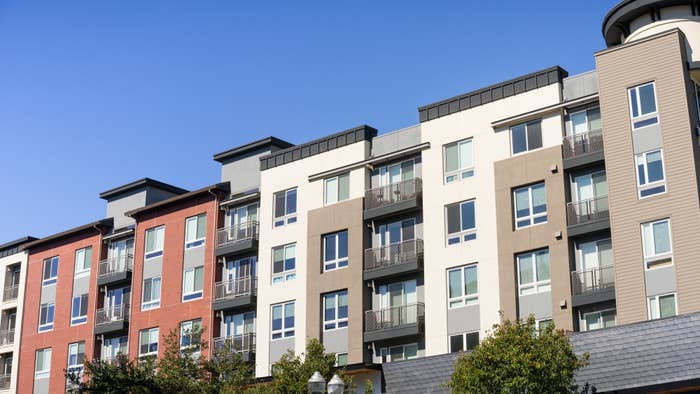
I've seen buildings like these in most cities and towns I've traveled to recently, and clearly I'm not the only one. Architecture and design TikToker Brittany Been recently went viral on the platform for talking about this exact phenomenon, and I was just one of over a million viewers who were reminded of just how widespread these "modern" apartment buildings are becoming.
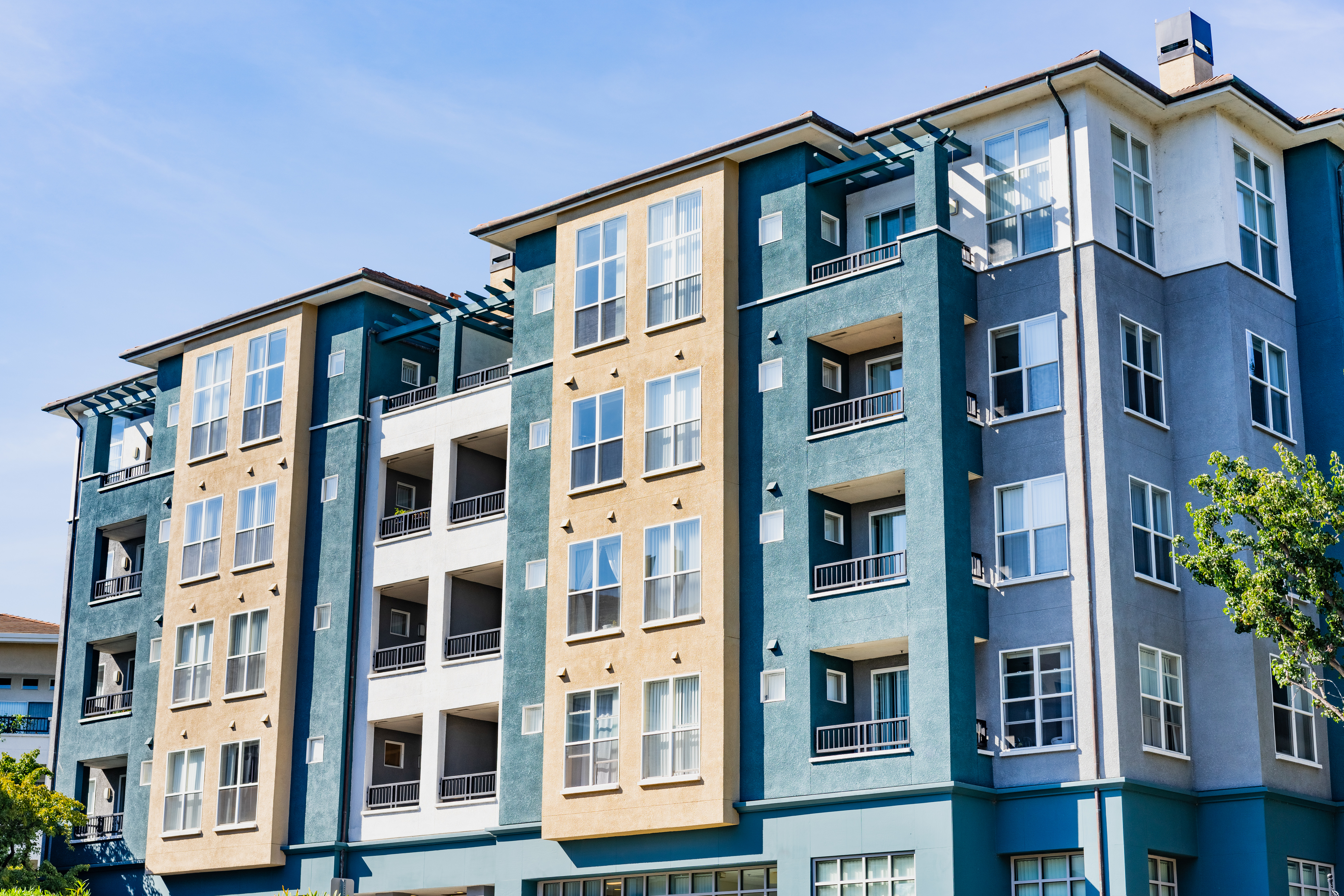
In her viral video, Brittany, a junior architect in the process of obtaining her Master of Architecture degree, responds to another viral TikTok from user @urbannic. "Isn't it kinda depressing that almost every new apartment building in America looks like this?" the TikToker asks, showing a photo of a building not too different from the one pictured above. "I agree," Brittany replies, "and unfortunately, there's a reason we'll probably never see buildings in [Washington,] DC–style or [NYC-style] brownstones ever again."

She continues: "What this creator's referring to are five-over-one buildings. They became really popular in 2010 for a reason." Brittany lists the apparent "pros" of this type of construction: Because they're five stories of wood framing built over a concrete podium, they're much cheaper than traditional steel-and-concrete structures.
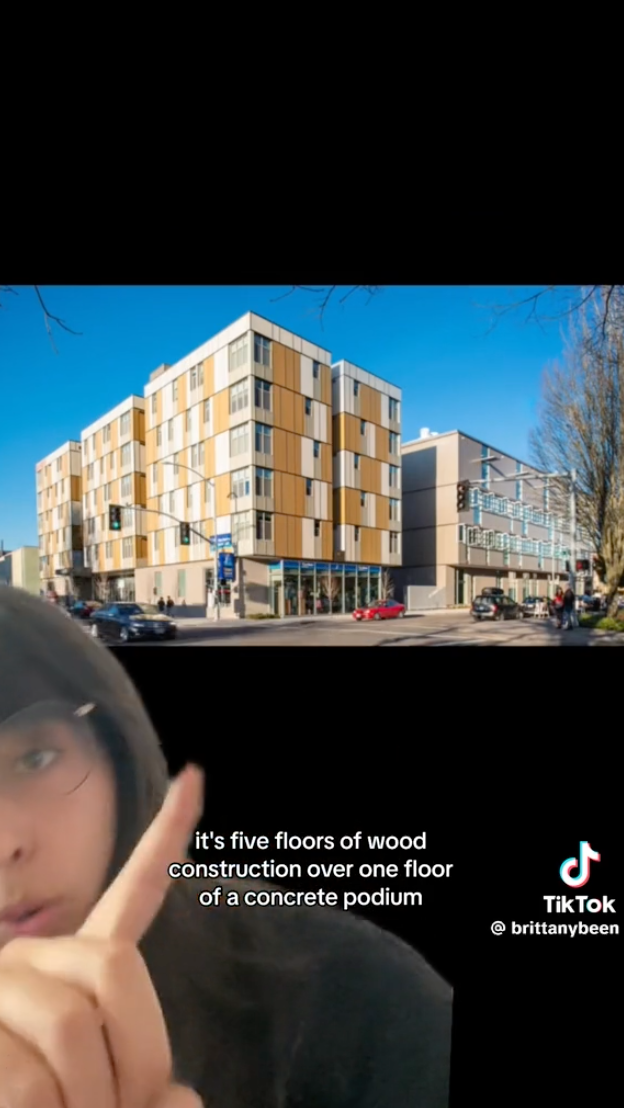
Beyond their affordable price point, most five-over-one buildings also rent out their ground floors (the "one" in five-over-one) to businesses, which helps them "integrate better into the urban community."
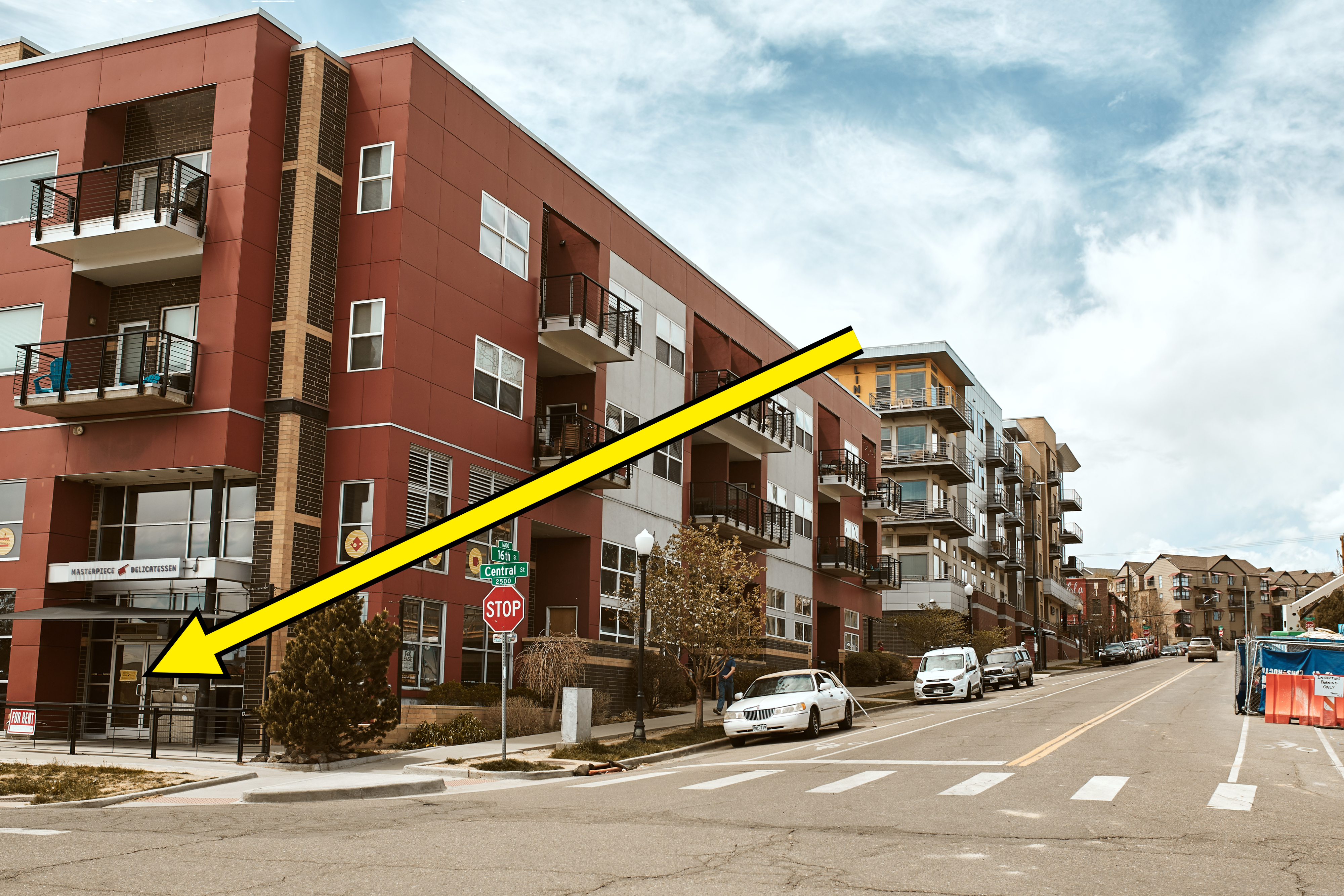
But according to Brittany, this is usually where the positives end. "They're so architecturally bland that you can't even tell what city you're in anymore based on these buildings," she says. "It's cheap to just copy and paste in every single city, and it's owned by the same corporations."
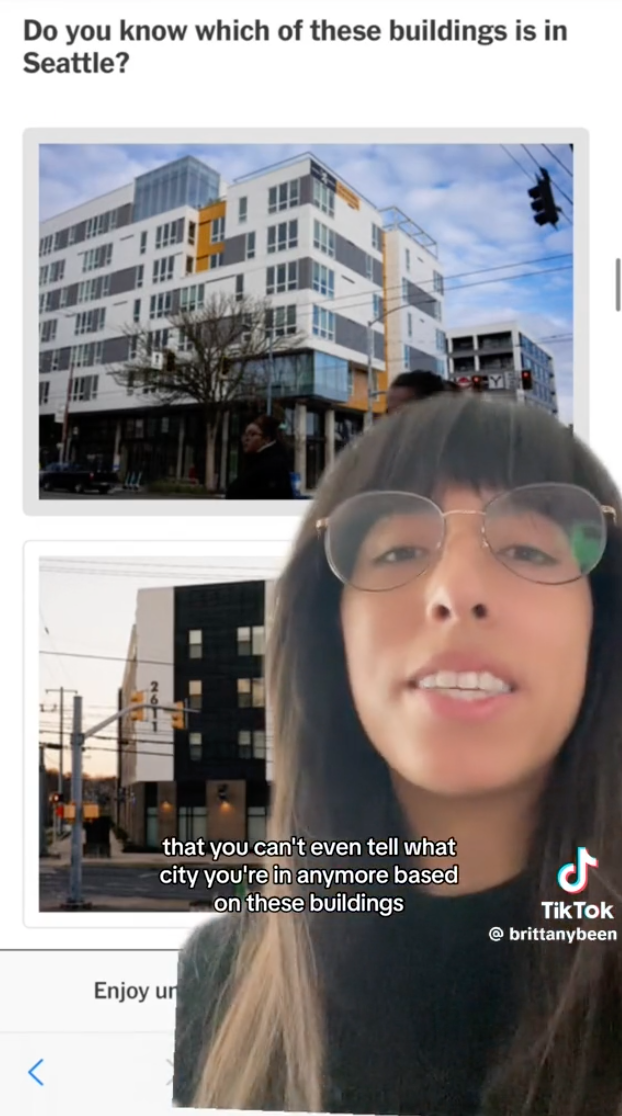
TikTokers in Brittany's comments chimed in with their own bones to pick, like using materials (and even insulation) that can't withstand certain climates...

...how they seem to be flooding once-quaint American college towns and campuses...

...and even the fact that the cost-saving materials used, like wood, don't always create the best soundproofing from one unit to another.

But the most common critique among commenters was — you guessed it — how much units in five-over-ones normally cost to rent.
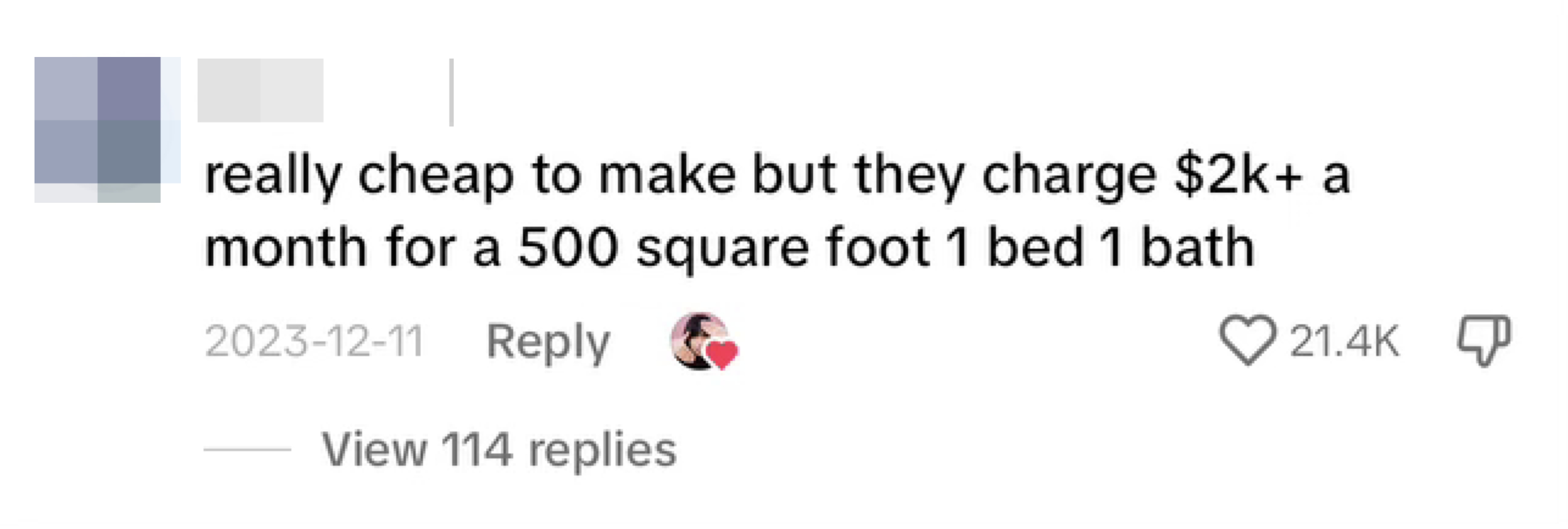
Because if you, like me, have ever found yourself Zillow-ing for an apartment and stumbled across one of these buildings, you know there's a 90% chance it'll be marketed as a "luxury apartment" with sky-high rent. Which, because five-over-ones are pretty cheap in the grand scheme of apartment buildings, is pretty puzzling!
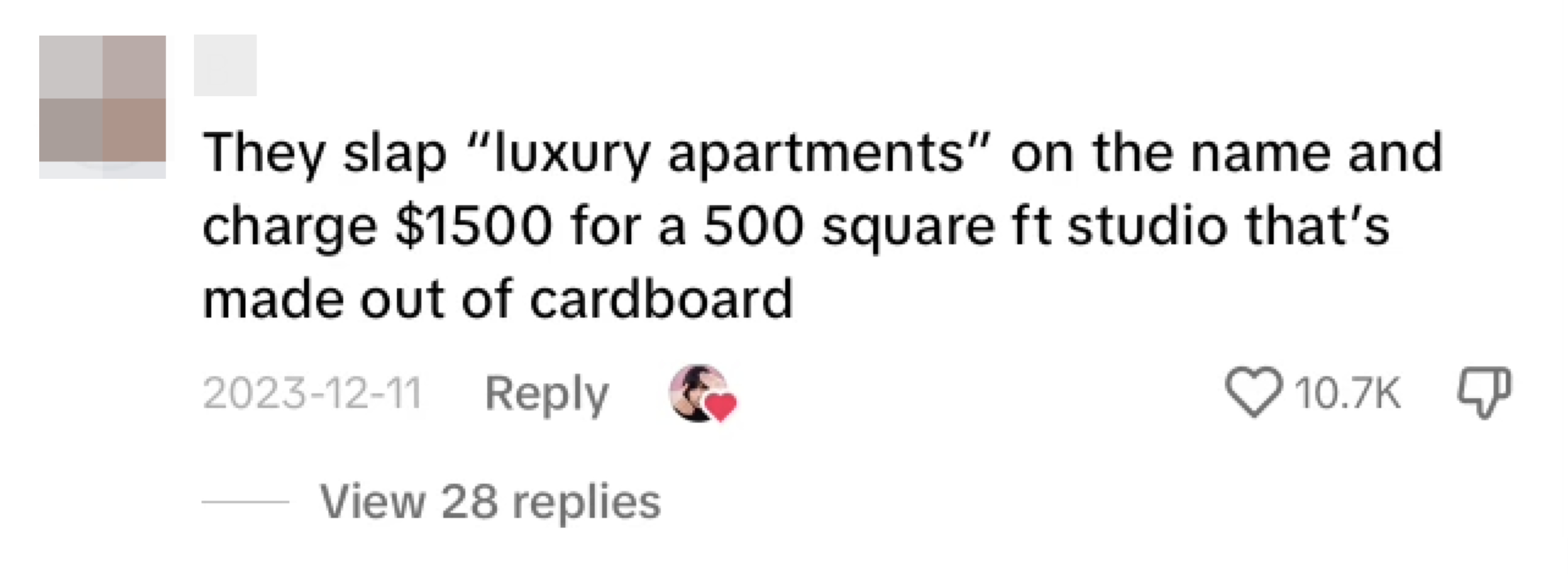
In a call, Brittany told BuzzFeed exactly how five-over-one apartment buildings are often more flawed than we realize, especially as the United States housing crisis continues to surge.
According to a 2023 report from Axios, it's estimated that the current US housing shortage is now somewhere in the millions, and that's made even worse by the fact that most newly built homes are categorized as "high-end" instead of affordable — which we'll revisit momentarily.
Toss some of the aforementioned physical shortcomings aside, like aesthetic and perceived quality, and these buildings aren't inherently problematic. In theory, five-over-ones can potentially improve the housing shortage, whether or not you love what they look like.
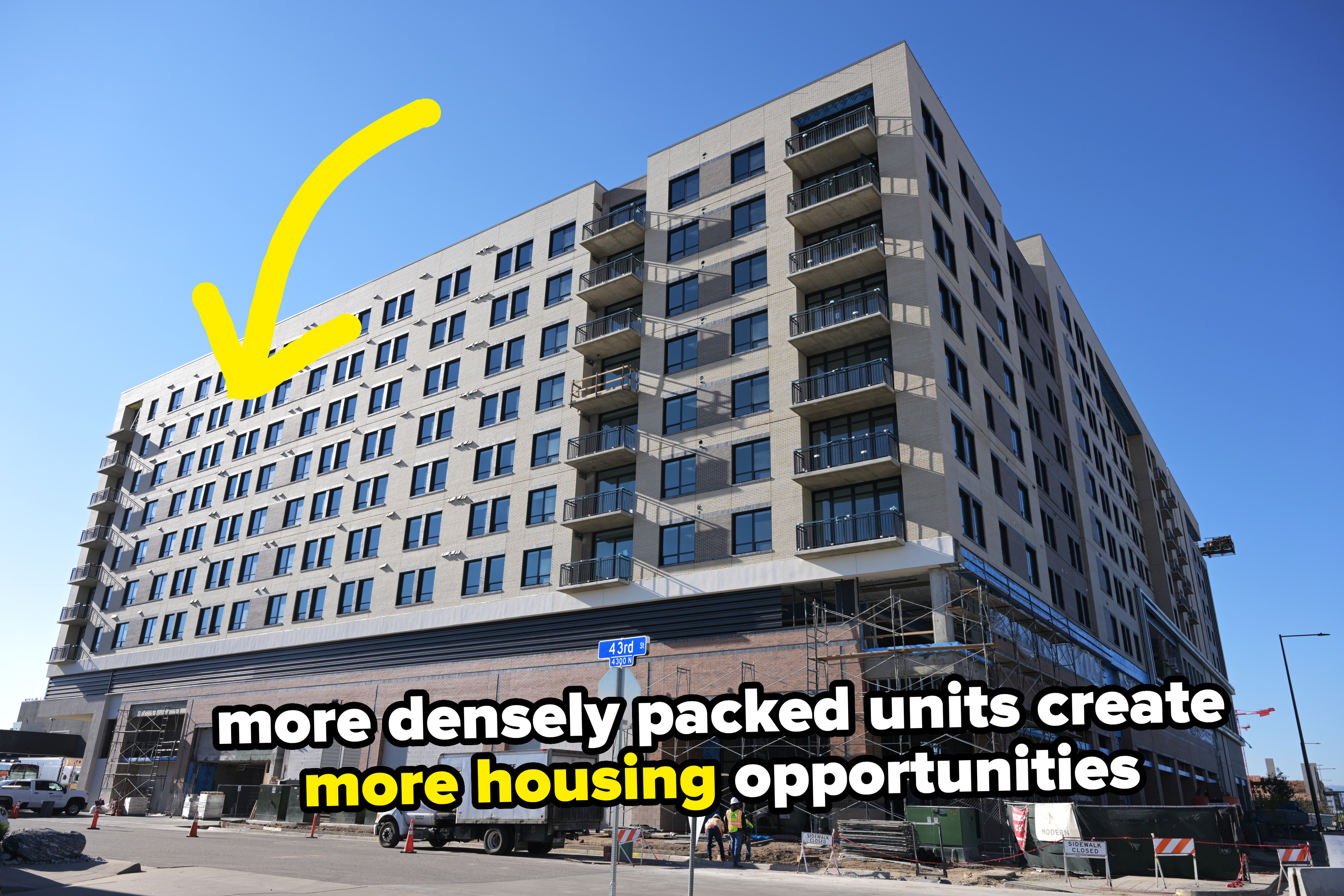
As a result of changes in building codes over time to create more housing overall, this type of construction can pack livable units more densely into a much smaller footprint. "In one block of this building, you could put several hundred people," Brittany told BuzzFeed, "but a brownstone, by comparison, will only have 10 houses in one block."
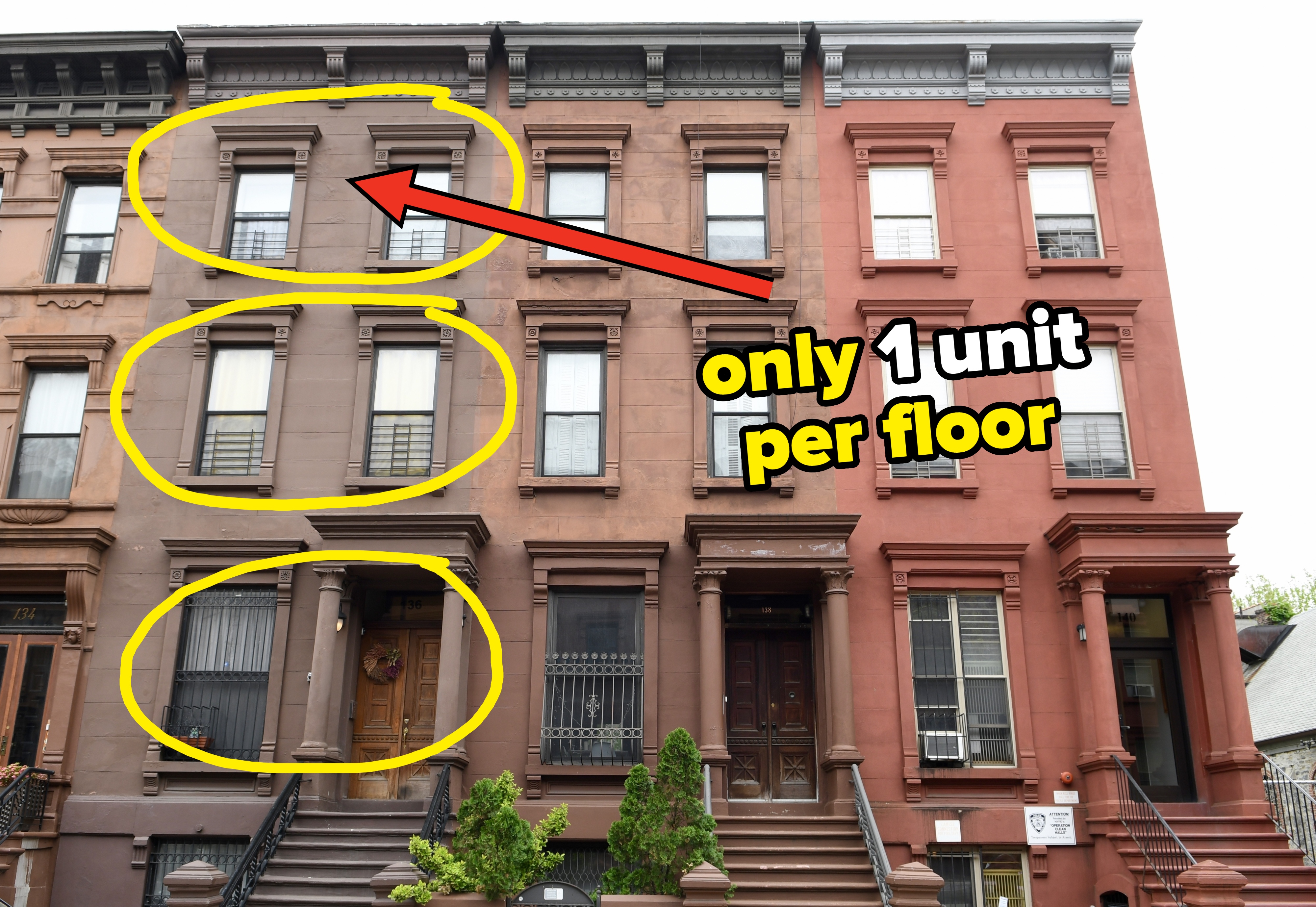
"Five-over-ones put people in a densely packed city and allows them to have that copy-paste apartment style that works for them," Brittany added. However, any potential solutions they offer become complicated as soon as high rents and real estate marketing reenter the equation.
"If you make all of them luxury apartments, then that's where you get the issue of displacing people," she said. Because these cheap-to-construct buildings are often filled with "luxury" amenities like pools, gyms, and coworking spaces, they hit the real estate market with unaffordable monthly rents for most people around them. This, in turn, is a huge contributor to gentrification in urban communities.
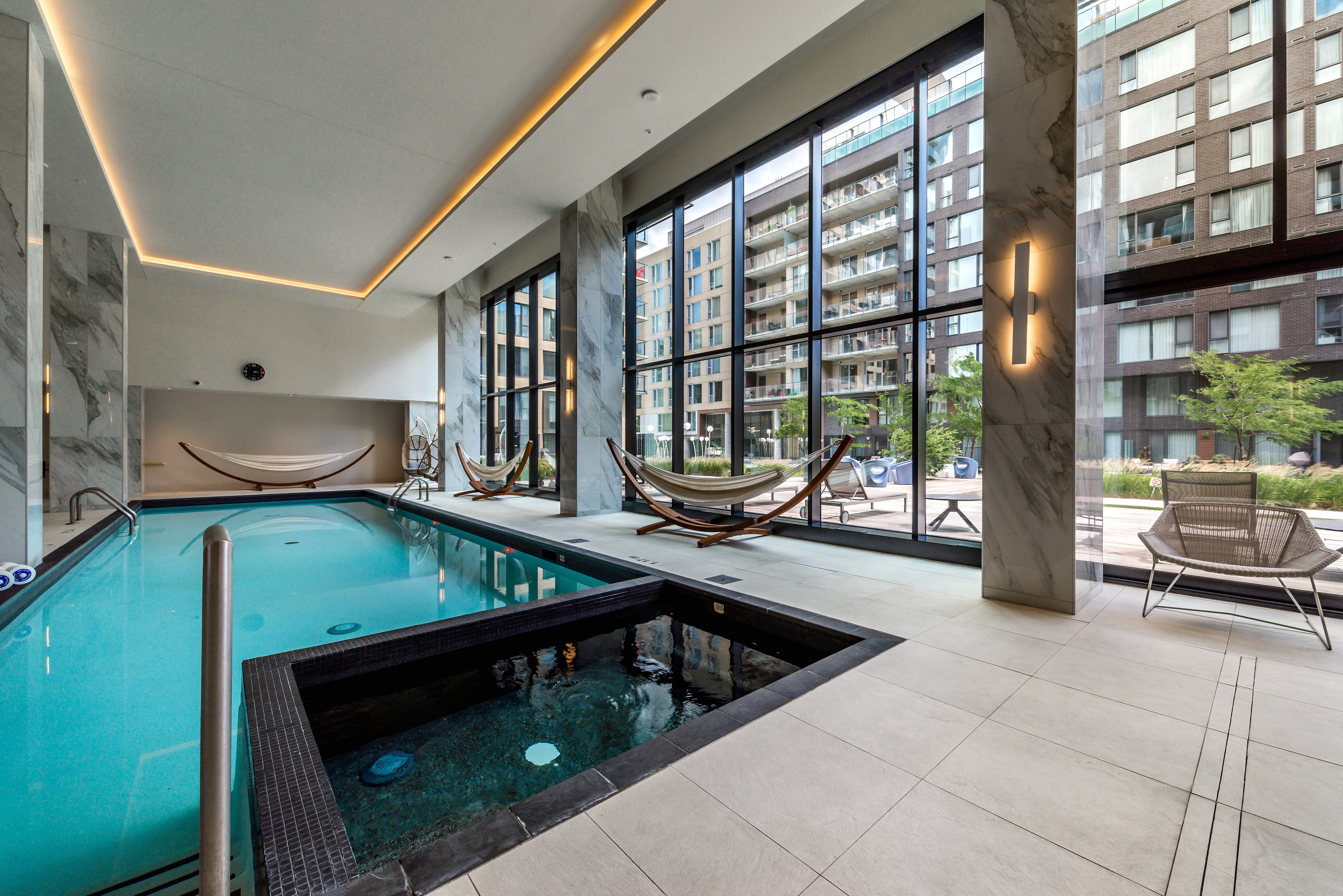
Loss of third places, or areas for social interaction outside of the home or work (think: parks and public libraries), also comes hand in hand with the explosion of this type of architecture. "Five-over-ones are making this worse because you think about the amenities these luxury apartments are offering, and those are only for the people in those buildings," Brittany said. "They're not for the public. So you took up whatever that block space was to give it to residents privately. If you keep doing that, then you're eliminating [the potential] for an entire third space for a population, and that's why they charge $5,000 for a studio apartment, and you still don't have a washer-dryer."

According to Brittany, architects are always designing new styles of housing that are affordable and site-specific and likely wouldn't contribute to gentrification or the loss of third places. She mentioned as an example the Six Affordable Veteran Housing, an award-winning project in Los Angeles, which densely packs 52 units into a courtyard-oriented (and highly energy-efficient) structure. Ultimately, what usually prevents these creative housing solutions from being constructed is real estate developers, who fund housing projects and collect profits over time.
"The five-over-one is a highly profitable structure for developers, who have up to five floors of units over rented retail or commercial space," Brittany explained. "It's literally why we see so many five-over-one buildings that aren't pretty; a lot of them hire design-build firms that put together exactly what they want, and then they copy-paste that all over cities. They don't come to [architects] because it's something that costs a little bit more time and money."
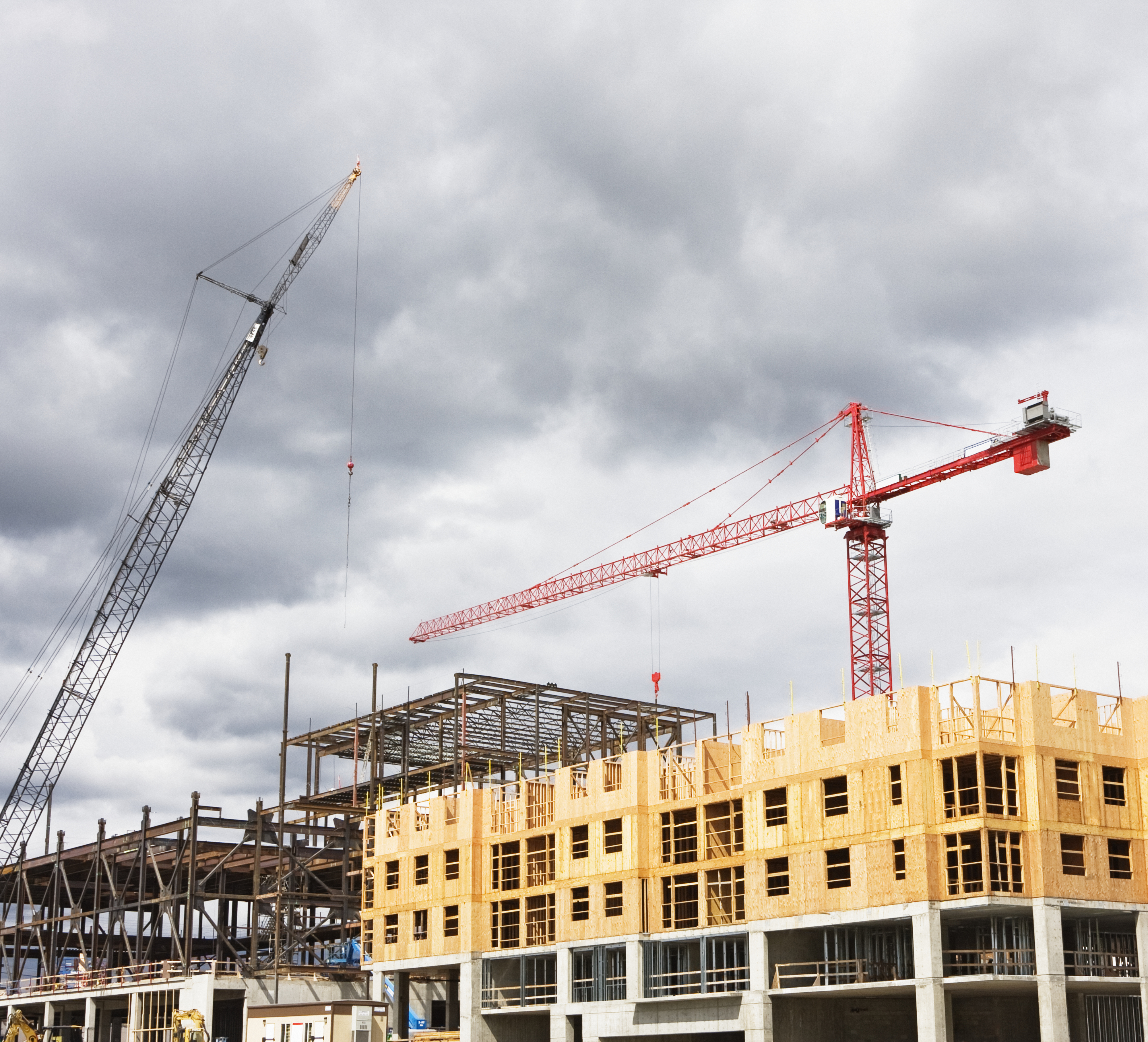
So whether you dislike how they look or what they cost to rent, or you have an entirely different bone to pick, five-over-ones aren't going anywhere anytime soon. Brittany says it best in her original video: "There's many ways to fix this blandness that we're facing, but we're just not gonna see it because it's working, we're buying it — but also 'cause we have no choice."
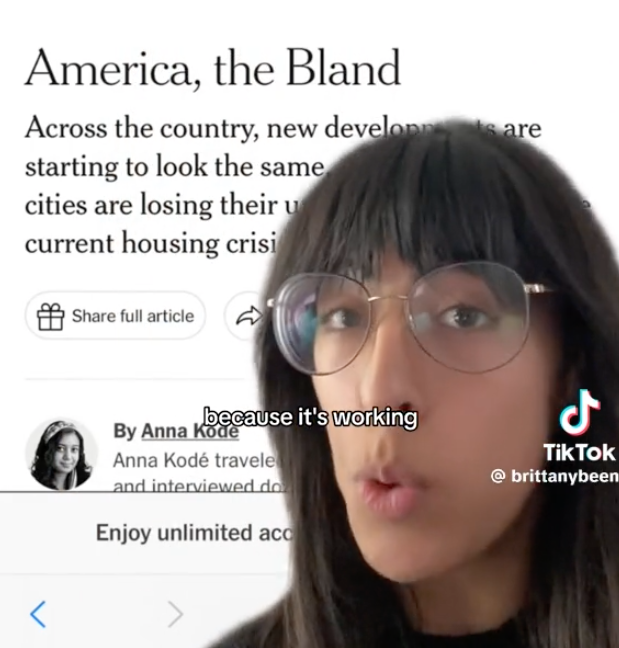
Well, friends, I think I've had enough capitalism for today. For more fascinating deep dives on architecture and design, be sure to follow Brittany on TikTok and Instagram.
And if you have your own thoughts on five-over-one buildings (or the state of housing in general), be sure to drop them in the comments below. 👇
